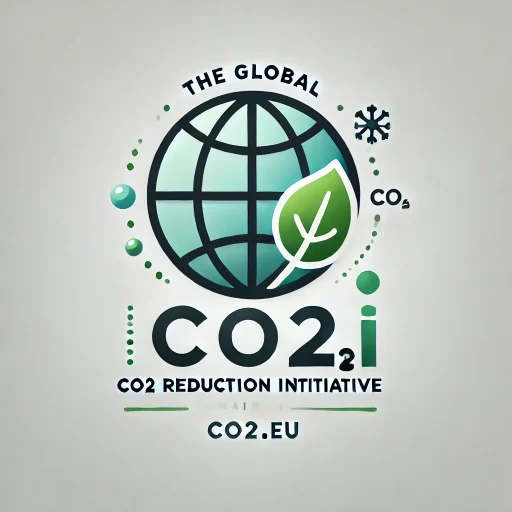Carbon Reduction Activities in Europe: July 07 – July 13, 2025
Executive Summary
In early July 2025, the European Union continued its commitment to reducing carbon emissions with new initiatives aimed at achieving climate neutrality by 2050. The EU’s strategy includes a proposed 90% reduction in greenhouse gas emissions by 2040, utilizing both domestic and international carbon credits. These measures are designed to balance economic growth with environmental sustainability, ensuring a competitive and resilient low-carbon economy.
Introduction
During the week of July 07 to July 13, 2025, the European Union (EU) made significant strides in its climate policy, focusing on carbon reduction activities. These efforts are part of the EU’s broader strategy to achieve climate neutrality by 2050, as outlined in the European Green Deal and the European Climate Law. This report provides a detailed overview of these activities, highlighting key developments and their implications for Europe’s climate action strategy.
New Climate Target for 2040
On July 2, 2025, the European Commission proposed a legally binding climate target to cut net greenhouse gas emissions by 90% by 2040 from 1990 levels. This target is a critical step towards achieving climate neutrality by 2050. The proposal includes the use of carbon credits, allowing member states to meet a limited portion of their emissions offsetting target through credits purchased from developing nations. This flexibility is planned to be phased in from 2036 through a United Nations-backed market, covering up to 3% of the 2040 goal.
Debate on Carbon Credits
The introduction of carbon credits as part of the 2040 target has sparked debate among environmental groups and policymakers. While the EU aims to balance domestic emission reductions with international carbon credits to achieve its climate goals, critics argue that this approach may undermine the urgency of reducing emissions within Europe. The European Scientific Advisory Board on Climate Change has recommended a more ambitious target of 90-95% reduction by 2040, emphasizing the need for stronger domestic actions.
Investment and Economic Implications
The European Commission has outlined its initial estimates for investments needed to achieve the new 2040 target, including an estimated average annual investment of approximately €660 billion from 2031 – 2050 in the energy system, and €870 billion per year in the transport sector. Key areas of investment will target the decarbonization of industrial processes, improvements in energy efficiency in energy-intensive industries, a shift towards electrification, and the production of sustainable alternative fuels to power the transport sector.
Sources: ESG Today, European Commission
Conclusion
The announcements made in early July 2025 reflect the EU’s ongoing commitment to reducing carbon emissions and achieving climate neutrality by 2050. By setting a new climate target for 2040 and incorporating carbon credits, the EU is taking significant steps towards a sustainable and competitive low-carbon economy. These initiatives are expected to enhance Europe’s resilience to climate change and support the global effort to mitigate its impacts.


Recent Comments